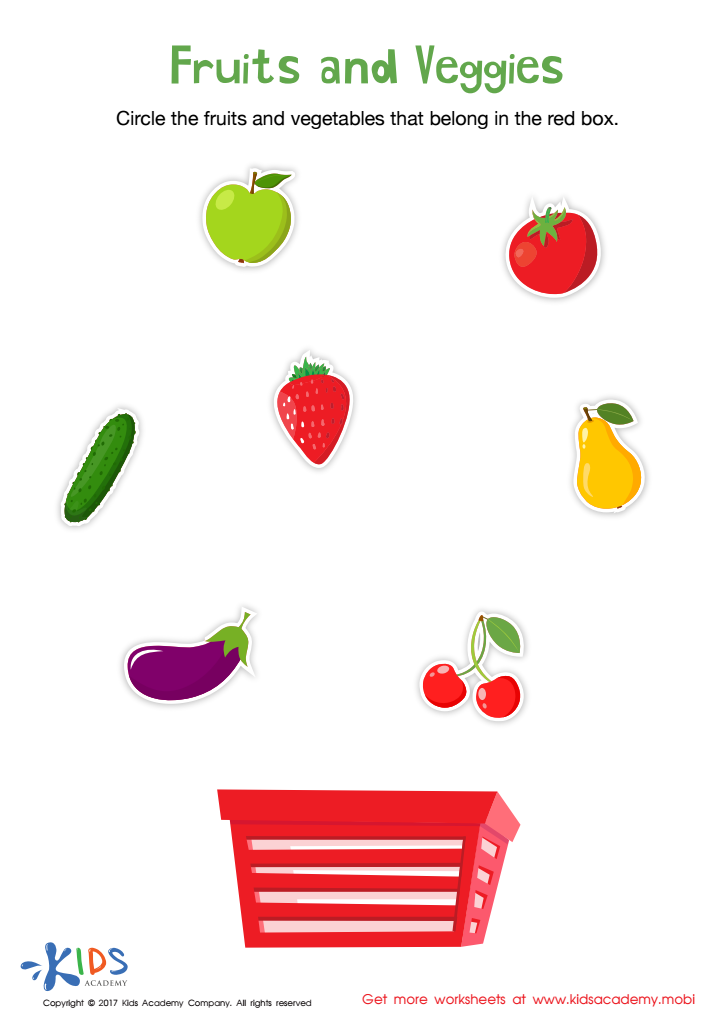Visual discrimination Normal Worksheets for Ages 4-5
12 filtered results
-
From - To
Our Visual Discrimination Normal Worksheets for Ages 4-5 are designed to enhance young learners' ability to identify differences and similarities in shapes, patterns, and objects. These printable activities from Kids Academy help develop critical visual skills needed for reading and math success. Fun and engaging, they encourage children to focus on details, boosting their cognitive abilities and fostering fine motor skills. Perfect for preschool and kindergarten, these worksheets support essential learning milestones. Download today and give your child a head start in mastering visual discrimination in a playful and educational way.
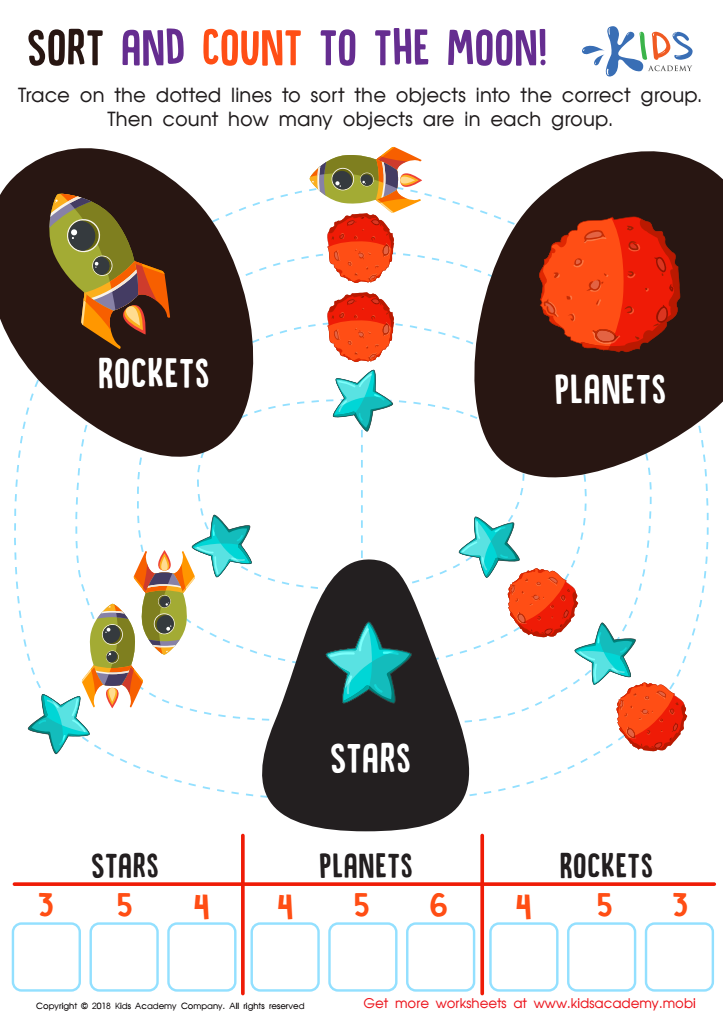

Sort and Count to the Moon Worksheet
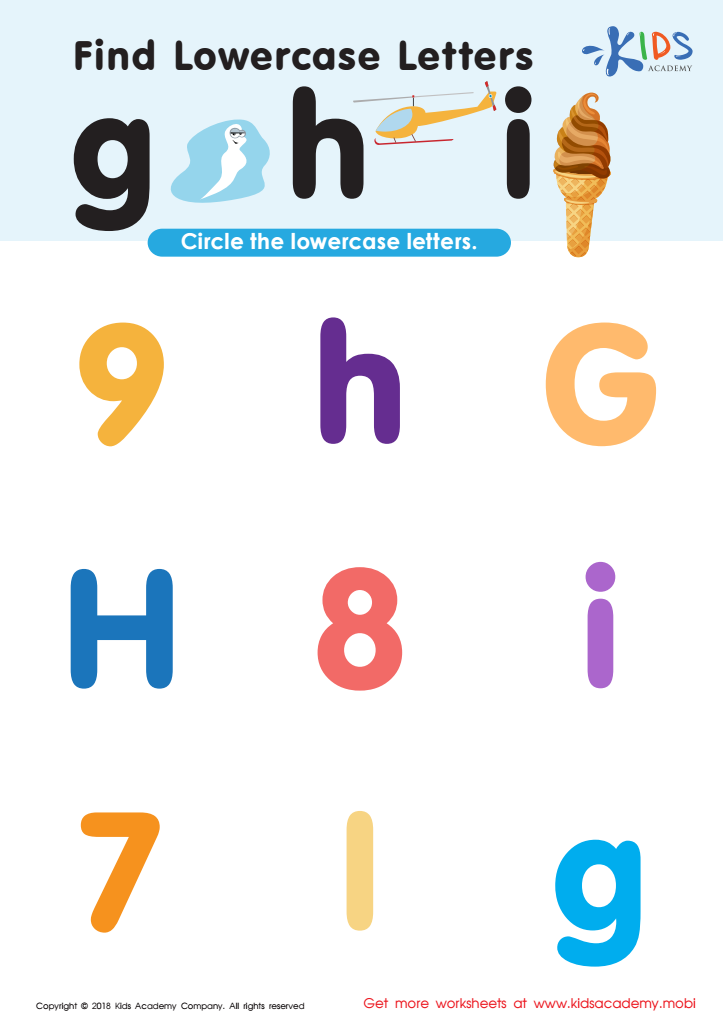

Find Lowercase Letters g h i Worksheet
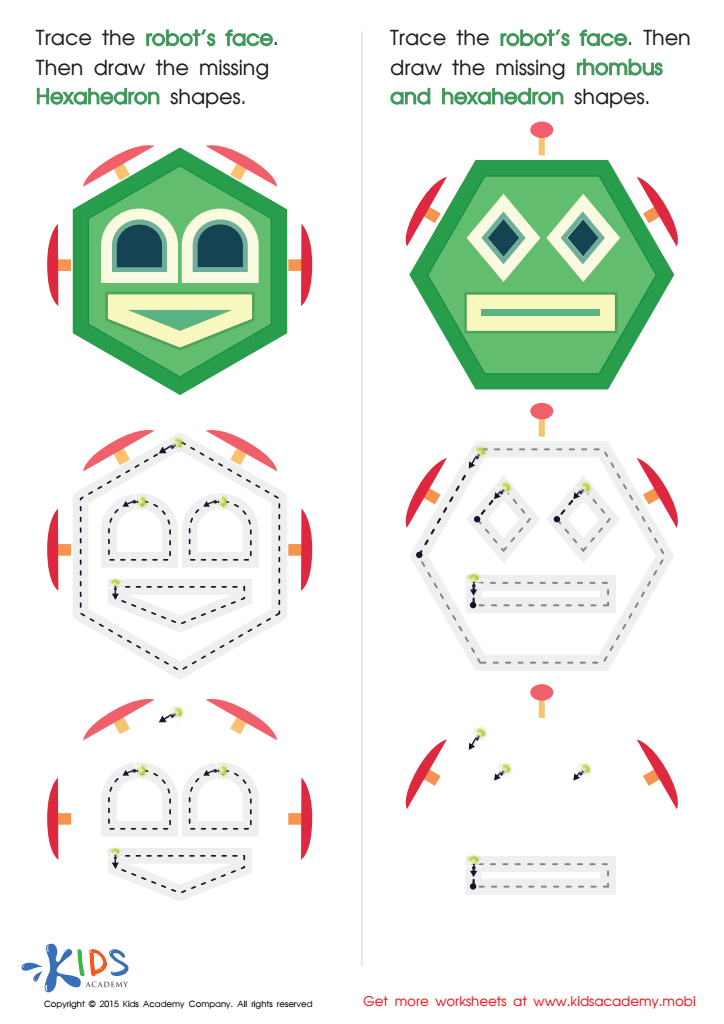

Practice Drawing Hexahedrons And a Rhombus Worksheet


Find Uppercase Letters G, H, and I Worksheet
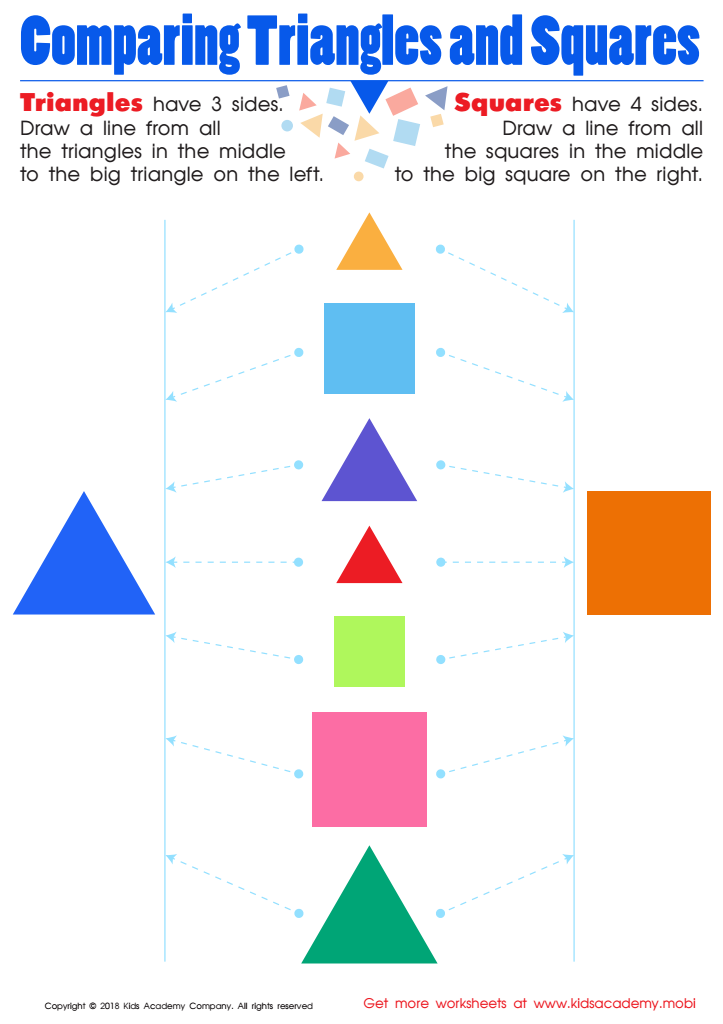

Comparing Triangles Squares Worksheet
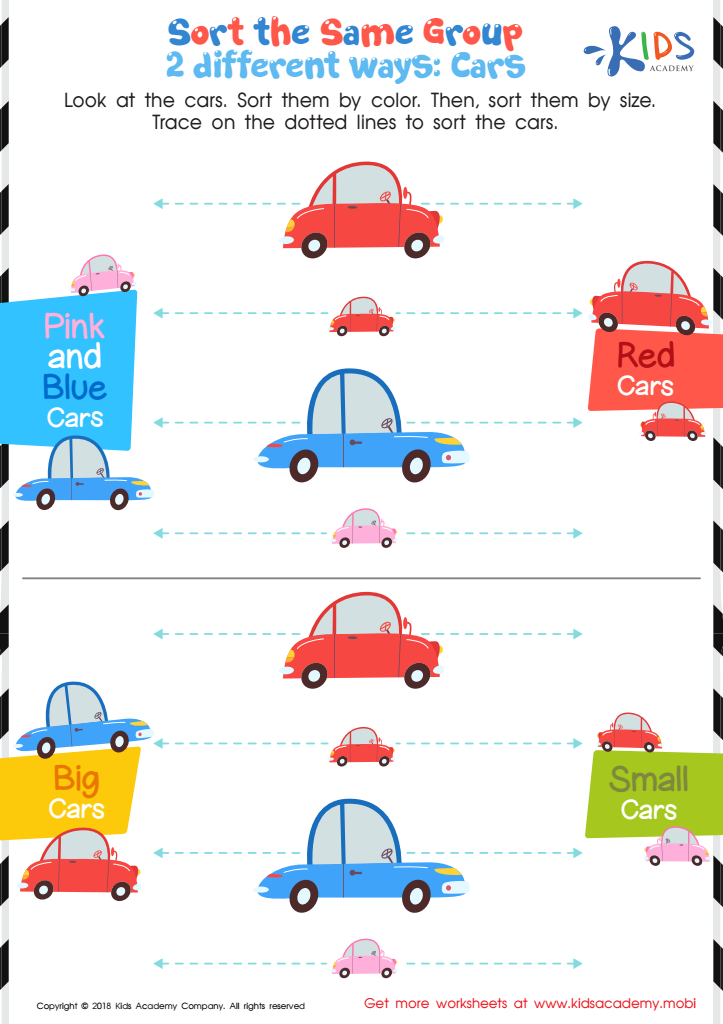

Sort the Same Group 2 Different Ways: Cars Worksheet
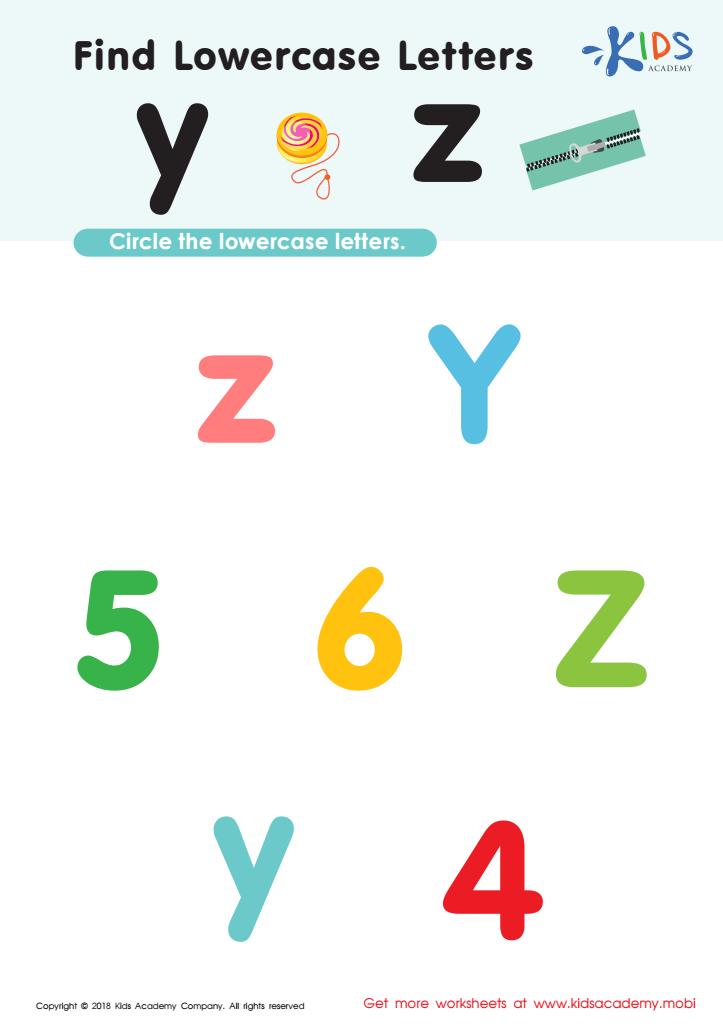

Find Lowercase Letters y z Worksheet


Find Uppercase Letters V, W, X Worksheet
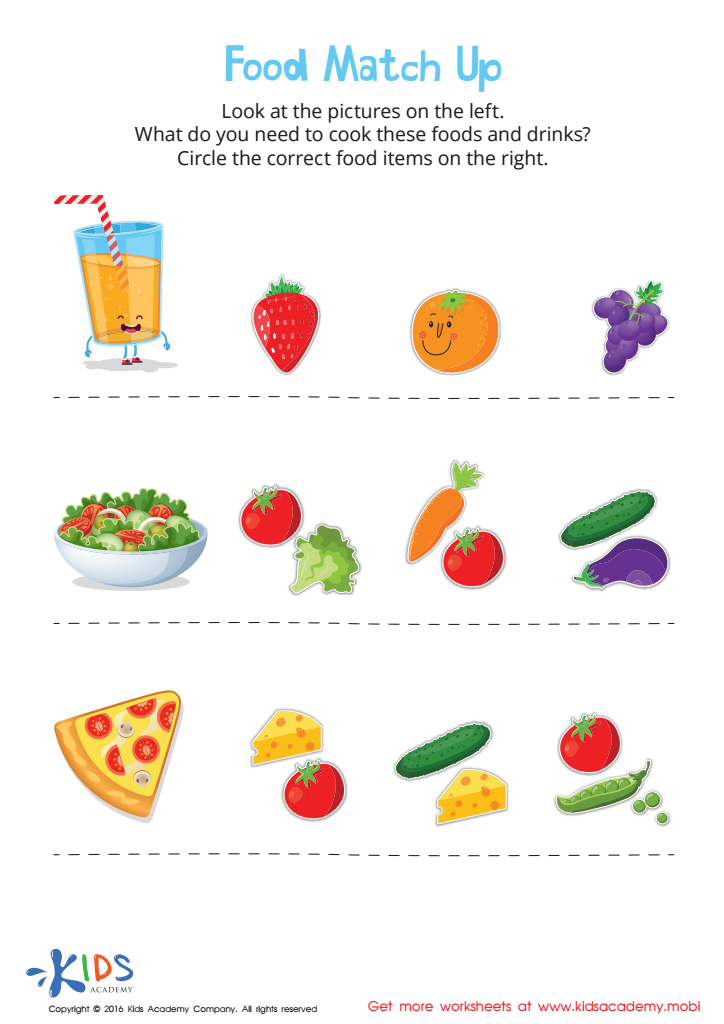

Food Match Up Worksheet


Find 0 Worksheet


Silhouettes – Shapes Worksheet
Visual discrimination is the ability to recognize details in visual images and understand the differences and similarities before them. For children aged 4-5, this skill is crucial as it forms the foundation for reading, writing, and many other learning processes. Parents and teachers should care about visual discrimination because it directly influences a child’s academic success and daily life skills.
At this age, children are beginning to recognize letters and numbers, which initially may look similar to them (e.g., "b" vs. "d" or "2" vs. "5"). Strong visual discrimination skills help kids differentiate these symbols accurately, aiding in the development of their reading and math skills. Beyond academics, visual discrimination is essential for young children to understand spatial relationships and improve their motor skills, important when learning to write or coordinate their movements in physical activities.
Supporting this developmental phase ensures children are not only confident in their abilities but can also effectively interact with their environment. Simple activities like matching games, puzzles, and drawing can significantly enhance visual discrimination skills. Educators and parents need to be aware and create engaging opportunities to help children master visual discrimination, as it forms the bedrock of their future educational achievement and personal growth.
 Assign to My Students
Assign to My Students


